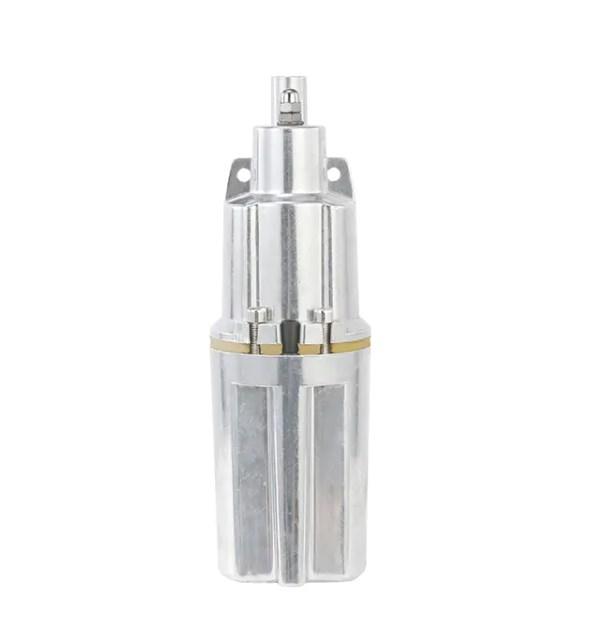Understanding Vibration Pumps: Function and Applications

Vibration pumps, also known as vibratory pumps, are specialized devices utilized for the efficient handling and transportation of various fluids and slurries. Unlike traditional pumps that rely on mechanical moving parts, vibration pumps operate on the principle of vibrations, which create pressure differentials and facilitate the movement of liquids.
One of the primary advantages of vibration pumps is their ability to handle challenging materials, including viscous fluids, slurries, and materials with suspended solids. This capability makes them popular in industries such as mining, wastewater treatment, and chemical processing. By utilizing vibrations, these pumps can reduce clogs and maintain a steady flow even in tough conditions.
Vibration pumps can be classified into two main types: electromagnetic and diaphragm vibration pumps. Electromagnetic pumps leverage electromagnetic forces to create vibrations, enabling fluid movement. They are particularly efficient for low-viscosity fluids. On the other hand, diaphragm vibration pumps utilize a diaphragm that flexes to generate vibration, making them suitable for a wider range of fluid types, including those that are corrosive or abrasive.
Installation and maintenance of vibration pumps are generally straightforward. Since they have fewer moving parts than traditional pumps, they tend to have a longer lifespan and require less frequent maintenance. However, it is crucial to ensure that they are correctly calibrated to prevent operational inefficiencies.
In conclusion, vibration pumps are an innovative solution for fluid transport in various industrial applications. Their unique working mechanism and ability to handle diverse materials make them a reliable choice for organizations looking to improve process efficiency while reducing the risk of clogs and downtime.
- Art
- Causes
- Crafts
- Dance
- Drinks
- Film
- Fitness
- Food
- Oyunlar
- Gardening
- Health
- Home
- Literature
- Music
- Networking
- Other
- Party
- Religion
- Shopping
- Sports
- Theater
- Wellness
- IT, Cloud, Software and Technology


